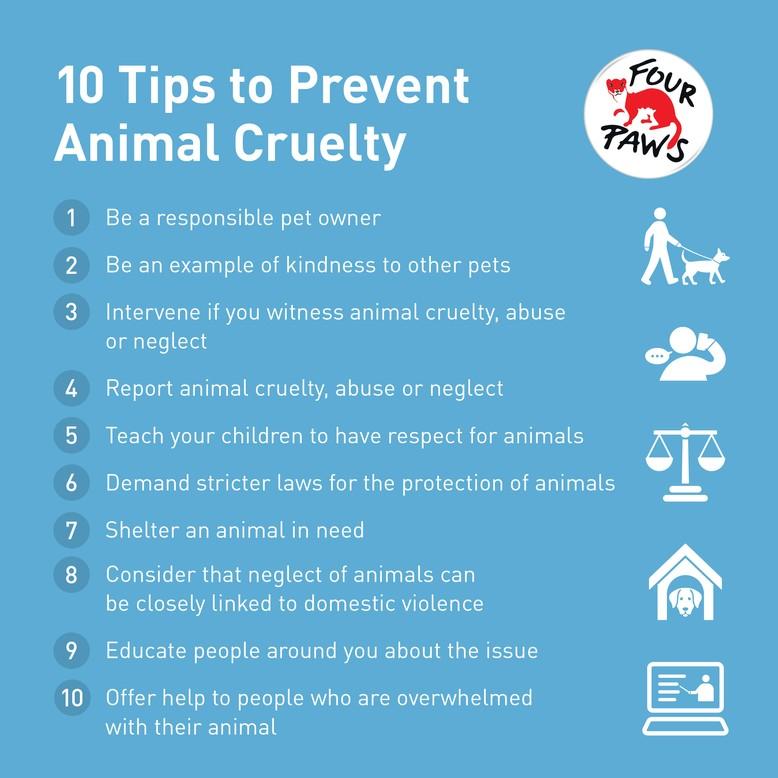Introduction
Animal welfare is an increasingly significant concern as society becomes more attuned to the ethical treatment of animals. However, the terms “animal abuse” and “animal neglect” often surface in discussions surrounding animal rights, and it is crucial to delineate the distinctions between them. Understanding these differences is fundamental for effective intervention and advocacy.
Defining Animal Abuse
Animal abuse encompasses any intentional act that causes harm or suffering to an animal. This brutal infliction may manifest in various forms, including physical, emotional, and sexual abuse. Physical abuse often involves direct violence, such as hitting, kicking, or otherwise harming an animal. Emotional abuse, often more elusive, may involve chronic verbal abuse or intimidation, inducing fear and distress in the animal. Consequently, this type of abuse can lead to long-lasting psychological trauma.
Acts of abuse frequently stem from a broader spectrum of human behavioral issues, including anger, revenge, or a pathological disregard for sentient beings. Abusers may exhibit a pattern of escalating aggression, often culminated in severe injuries or fatal outcomes for the victimized animal.
Understanding Animal Neglect
In contrast, animal neglect occurs when an animal’s basic needs are not met, often resulting from a failure to provide appropriate care rather than outright malicious intent. Neglect includes inadequate food, water, shelter, and medical care. Unlike abuse, neglect typically arises from ignorance, lack of resources, or overwhelming circumstances, rather than a willful desire to inflict pain.
Cases of neglect can range from mild, such as a neglected pet whose coat becomes matted, to severe, where animals are left without food or adequate shelter, leading to severe health complications or even death. Both scenarios underscore the urgency in addressing neglect, yet they do not derive from the same intrinsic motivations as abusive acts.
Key Differences Between Abuse and Neglect
The crux of understanding animal welfare issues lies in the intent and impact. Abuse is fueled by aggression—often a conscious decision to harm—whereas neglect emerges from a lack of knowledge or ability to fulfill the animal’s needs. Moreover, the consequences of both forms of maltreatment can drastically differ. Abused animals may wear their scars, both physical and psychological, while neglected animals may simply fade away, their suffering less conspicuous and often overshadowed by societal misunderstandings about care standards.
Recognizing Signs of Abuse
Identifying animal abuse requires vigilance and an understanding of the physical and behavioral indicators. Signs may include:
- Unexplained injuries such as bruises, burns, or fractures
- Fearful behavior around humans, indicating potential intimidation
- Changes in eating habits, often refusing food as a response to stress or pain
- Isolation from social interactions, as the animal withdraws in fear or pain
- Excessive barking or crying, which may indicate distress or loneliness
Witnessing these signs necessitates action. Reporting to local animal control or law enforcement could be the lifeline an abused animal needs.
Identifying Signs of Neglect
Recognizing neglect, on the other hand, can often be more subtle. Indicators may include:
- Poor coat condition, such as matting or excessive shedding
- Constantly dirty living conditions or lack of appropriate shelter
- Weight loss or malnourishment
- Medical issues left untreated, such as injuries, parasites, or diseases
- Signs of dehydration, including sunken eyes or lethargy
These signs emphasize the ongoing need for vigilance and education among pet owners and communities alike. The path to intervention may also involve outreach to local animal welfare organizations or charities that offer resources for education.
Taking Action: How to Intervene Effectively
If abuse or neglect is suspected, prompt action is crucial. First, document any evidence meticulously. Photographs, notes, and witness statements can provide critical information to authorities. Next, it is essential to report concerns to local animal control or welfare organizations. The timing of such reports can be critical; many jurisdictions have laws that stipulate immediate intervention in cases of abuse.
Furthermore, community engagement is paramount in mitigating instances of abuse and neglect. Public education campaigns can foster awareness about responsible pet ownership, emphasizing the significance of understanding an animal’s physical and psychological needs. Workshops and seminars facilitate knowledge dissemination, empowering individuals with the tools necessary to advocate for animal welfare.
Conclusion
The distinction between animal abuse and neglect is crucial for anyone invested in the well-being of animals. While abuse is characterized by deliberate malice, neglect reflects a failure to recognize and address an animal’s basic needs. By discerning these differences, individuals can act swiftly and effectively to intervene on behalf of vulnerable animals. Collectively, enhancing community understanding, promoting responsible pet ownership, and advocating for legislative measures are foundational steps toward a society that prioritizes compassion and respect for all living beings.










